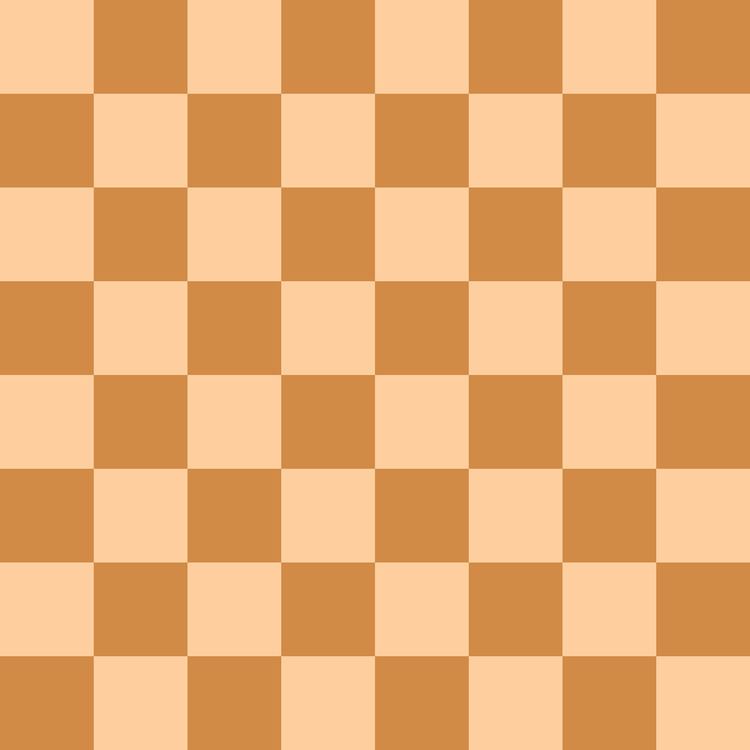 | ||
In chess, a draw is the result of a game ending in a tie. Usually, in tournaments a draw is worth a half point to each player, while a win is worth one point to the victor and none to the loser.
Contents
- Draw rules
- Draws in all games
- Draws in timed games
- Frequency of draws
- Drawing combinations
- Terminology
- References
For the most part, a draw occurs when it appears that neither side will win. Draws are codified by various rules of chess including stalemate (when the player to move has no legal move and is not in check), threefold repetition (when the same position occurs three times with the same player to move), and the fifty-move rule (when the last fifty successive moves made by both players contain no capture or pawn move). A draw also occurs when neither player has sufficient material to checkmate the opponent or when no sequence of legal moves can lead to checkmate.
Unless specific tournament rules forbid it, players may agree to a draw at any time. Ethical considerations may make a draw uncustomary in situations where at least one player has a reasonable chance of winning. For example, a draw could be called after a move or two, but this would likely be thought unsporting.
Until 1867, tournament games that were drawn were replayed. The Paris tournament of 1867 had so many drawn games to be replayed that it caused organisational problems. In 1868 the British Chess Association decided to award each player half a point instead of replaying the game (Sunnucks 1970:100).
Draw rules
The rules allow for several types of draws: stalemate, threefold repetition of a position (with the same player to move), if there has been no capture or a pawn being moved in the last fifty moves, if checkmate is impossible, or if the players agree to a draw. In games played under time control, a draw may result under additional conditions (Schiller 2003:26–29). A stalemate is an automatic draw, as is a draw because of insufficient material to checkmate. A draw by threefold repetition or the fifty-move rule may be claimed by one of the players with the arbiter (normally using his score sheet), and claiming it is optional.
A claim of a draw first counts as an offer of a draw, and the opponent may accept the draw without the arbiter examining the claim. Once a claim or draw offer has been made, it cannot be withdrawn. If the claim is verified or the draw offer accepted, the game is over. Otherwise, the offer or claim is nullified and the game continues; the draw offer is no longer in effect.
An offer of a draw should be made after a player makes a move but before he presses his game clock. The other player also declines the offer if he makes a move, and the draw offer will no longer be in effect. The offer of a draw should be recorded by each player in their scoresheet using the symbol (=) as per Appendix C.12 of FIDE Laws of Chess.
Draws in all games
Article 5 of the FIDE Laws of Chess gives the ways a game may end in a draw, and they are detailed in Article 9: (Schiller 2003:26–29).
It is popularly considered that perpetual check – where one player gives a series of checks from which the other player cannot escape – is a draw, but in fact there is no longer a specific rule for this in the laws of chess, because any perpetual check situation will eventually be claimable as a draw under the threefold repetition rule or by the fifty-move rule, or (more likely) by agreement (Hooper & Whyld 1992). By 1965 perpetual check was no longer in the official rules (Harkness 1967).
Although these are the laws as laid down by FIDE and, as such, are used at almost all top-level tournaments, at lower levels different rules may operate, particularly with regard to rapid play finish provisions.
Draws in timed games
In games played with a time control, there are other ways a draw can occur (Schiller 2003:29), (Just & Burg 2003).
Frequency of draws
In chess games played at the top level, a draw is the most common outcome of a game: of around 22,000 games published in The Week in Chess played between 1999 and 2002 by players with a FIDE Elo rating of 2500 or above, 55 percent were draws. According to chess analyst Jeff Sonas, although an upward draw rate trend can be observed in general master-level play since the beginning of the 20th century, it is currently "holding pretty steady around 50%, and is only increasing at a very slow rate".
In top-level correspondence chess, the draw rate is much higher than in the over-the-board chess: of 1512 games played in the World Championship finals and the Candidates' sections between 2010 and 2013, 82.3% ended in a draw.
In computer chess, the draw rate among top programs is typically between 50 and 60 percent.
Drawing combinations
Yuri Averbakh gives these combinations for the weaker side to draw:
Terminology
Andy Soltis discusses the vagueness of the terms "draw", "drawish", "drawable", "book draw", "easy draw", and "dead draw". In books and chess theory a position is considered to be a draw if best play leads to a draw – the difficulty of the defence is not taken into account. Soltis calls these positions "drawable". For instance, under that criterion the rook and bishop versus rook endgame is usually a theoretical draw or "book draw", but the side with the bishop often wins in practice. In this position from an actual game, the only move to draw is 124. Rf8! White actually played 124.Rd8?? and lost after 124...Re3, with the winning threat of 125...Bh3+ 126.Kg1 Re1# (Soltis 2010:12–13).
